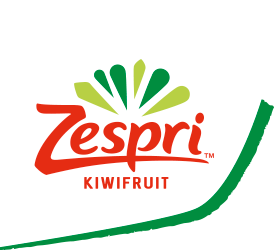Editor's note: This story was published in PMG magazine's September-October issue. Read through the digital edition.
When it comes to fruit, it's hard to beat a deliciously juicy pear — with more than 3,000 varieties and a cultivation history dating back thousands of years.
However, there are 10 varieties grown in the U.S., and the most commercially popular are bartlett, bosc, anjou and comice. The majority are grown in California, Washington and Oregon. Pear season runs from the late summer to early winter months, depending on the location and variety.
Nutrition
Pears offer much more than a sweet snack option.
A medium pear has about 100 calories and a whopping 6 grams of fiber. Pears provide vitamin C, potassium and other vitamins and minerals.
Because of their nutrient profile, pears offer several health benefits. The fiber in pears can contribute to heart health by reducing cholesterol levels. They also have a low glycemic index, which may also help control blood sugar. Also, the antioxidants in pears can support the body's immune system.
Ripening
Most pears are picked when they are mature but not fully ripe, as they ripen more effectively off the tree.
Half of all pear consumers want to eat their pears within two days of purchase, and 71% of those shoppers consume them within three days of bringing them home, according to a Fusion Marketing survey.
Retailers can satisfy customers' preference by displaying “conditioned” pears that have been exposed to ethylene, which brings them to the just-starting-to-ripen state.
Shoppers can ripen pears at home by storing pears at room temperature with other fruits that give off ethylene when ripening, like bananas and avocados.
Learn: More about pears on PMG
To ensure that pears are ripe, shoppers can use the “Check the Neck” method by gently pressing the neck of the pear (near the stem) with their thumb. If it yields to pressure, the pear is ripe and ready to eat. Once pears are ripe, they should be stored in the refrigerator to prolong shelf life.
Uses
Pears can be enjoyed many ways.
The most obvious way is eating pears out of hand as a fresh, whole fruit. But they also lend themselves perfectly to juices, chutneys, baked goods and salads.
Pears also “pair” well with savory foods, like cheeses, nuts — and even pizza (think gorgonzola or goat cheese, caramelized onions, balsamic vinegar). The sky is the limit when it comes to the culinary prowess of pears!
No matter which way you slice it, pears are a delicious and nutritious addition to any diet.

Beth Eggleston
— Beth Eggleston has a master's degree in science and is a registered dietitian nutritionist for Meijer, a Grand Rapids, Mich.-based supercenter chain. Before joining the grocery industry, Eggleston worked in the public health sector with state and federal nutrition programs.

















